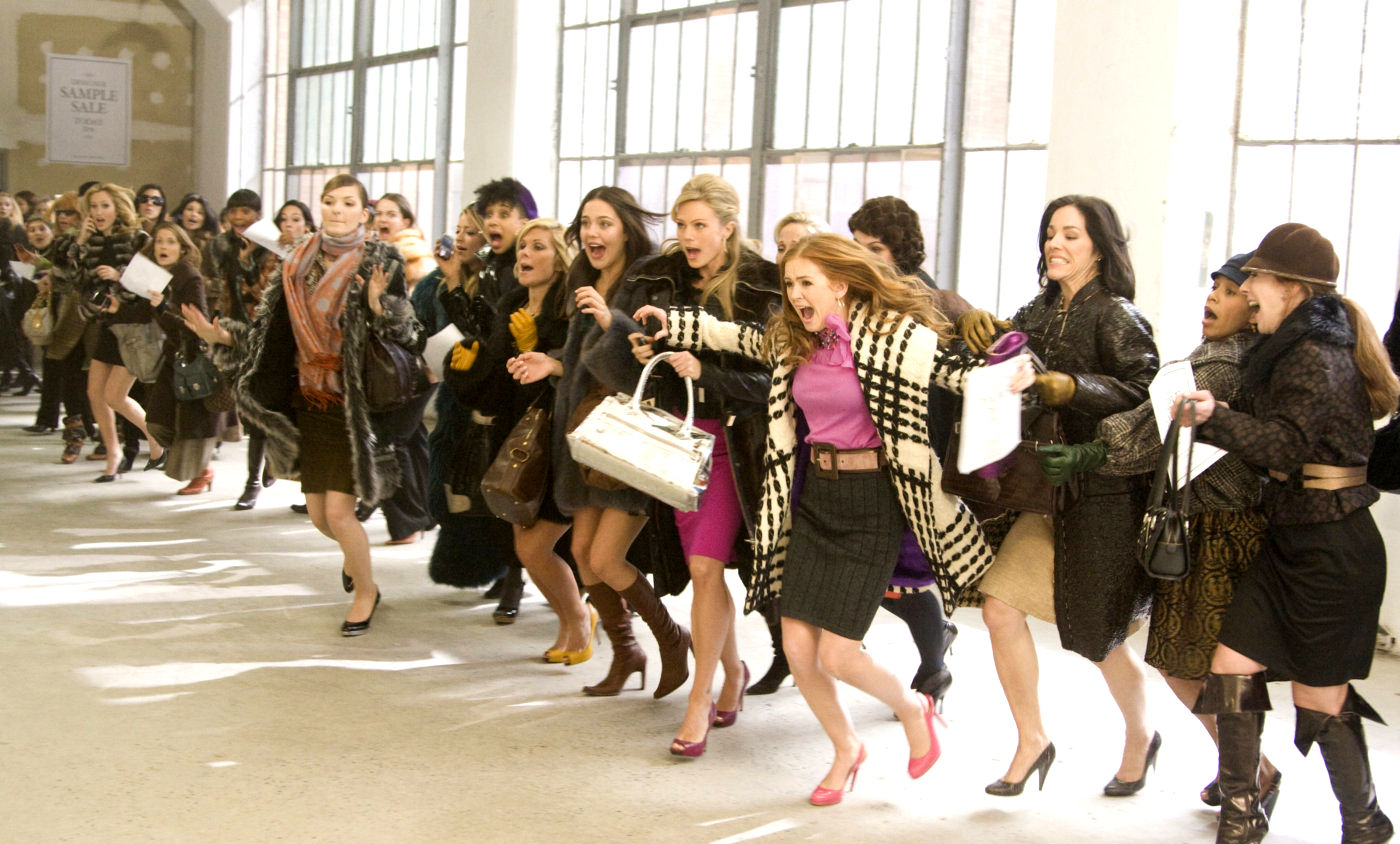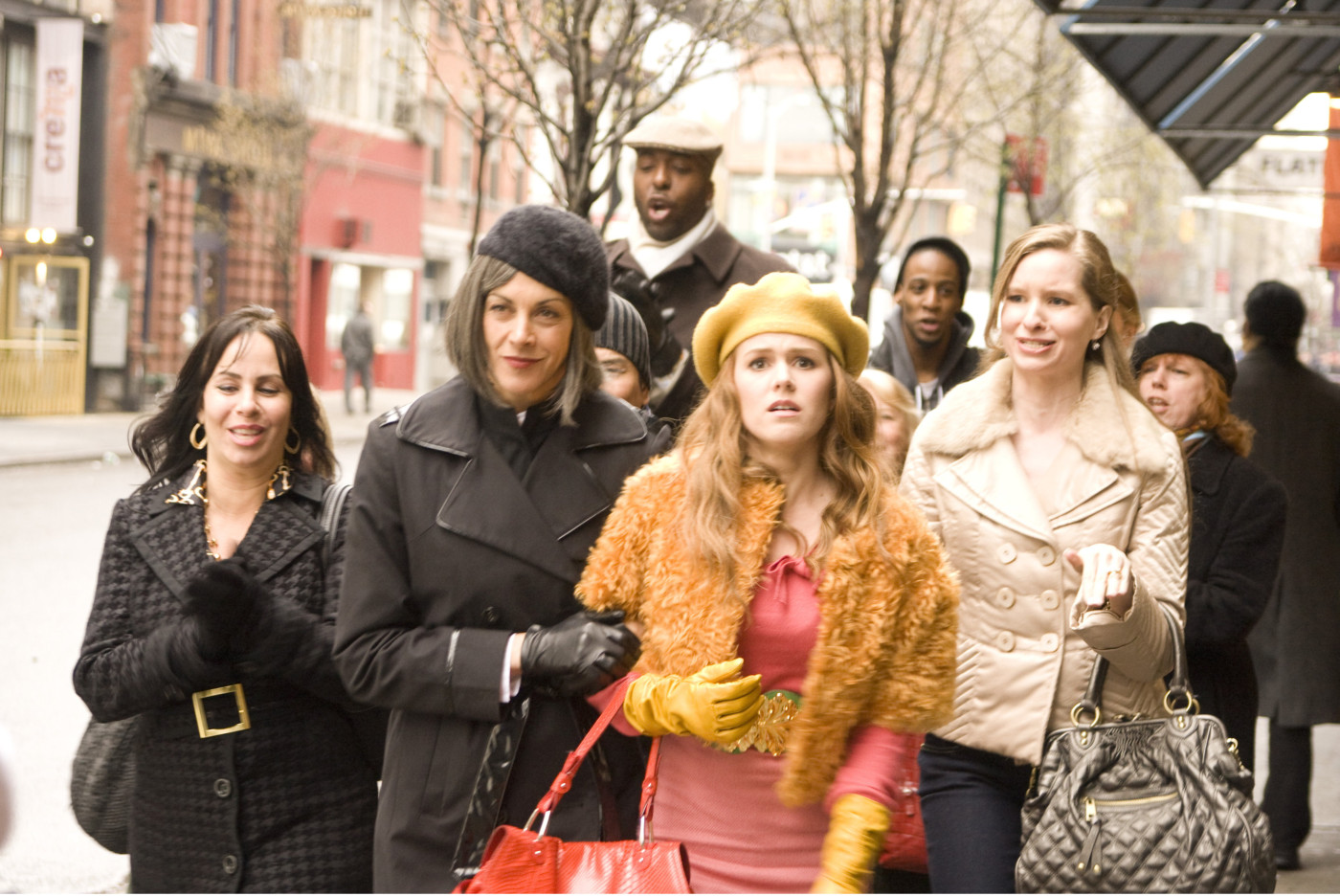It is common knowledge, that a working person in possession of a meager fortune must be in want of new clothes. What you bought last season is undoubtedly out of fashion this season, so you peruse the stores, perhaps bag up some of your “old” things (things from 2 years ago) and donate them to charity, and then you are off to the local or virtual shopping mall in search of something novel.

Let’s say you even find something that does not abhor you so much that you decide to buy it. You wear a few times, your coworkers compliment you and its mere placement on your body signifies that you are a culturally astute individual with a flair for prints and patterns.

But then, several months go by and your article of clothing starts to lose its luster. You see it on someone else at a CVS or Walmart and think “They can’t possibly be wearing that! That is MY identity!”

You go home and re-evaluate your life’s goals, wondering where you went wrong. You pull out your article of clothing and finger its contents. Running your thumb over its buttons, your pointer finger down its front. You start to wonder what could have possessed you to buy such a ragged, ill-shapen thing that is now on the bodies of the common person.
You are not common. You are an individual with goals and aspirations that are higher than this quickly fading fashion gem that now appears quite tawdry.

Time to shop.
This common occurance, of what art historians and fashion mavens call ‘fast fashion’ is part and parcel in the digital age. It is so easy to use analytics to find the perfect white, long sleeve, v-neck tee or navy blue, velvet blazer with a silk lining.
This fast fashion was not always the fashion. Once upon a time, there were clothes created to last a lifetime or even two, in the case of wedding dresses and mourning clothes. The antithesis of ‘fast fashion’ is deep wearing.
If you have ever seen or read Shakespeare’s Henry IV:Part II, you may remember that after his father’s death, Prince Hal takes his mourning clothing very seriously and assumes a long-term emotional state from its investiture. He says that he will “deeply put the fashion on/ and wear it in [his] heart” (Henry IV: Part II, 5.2.52-53).

What does this fast fashion mean? Are we too busy to confront our inner selves and all the changes we go through? Do we manifest these changes outwardly, without acknowledging them inwardly.
When did Art with a capital ‘A’ become something so profane? Something that we fight tooth and nail over at the Bloomingdale’s Friends & Family sale, but then toss out several months later?

My case in point lies in the ever-growing, fastest fashion of them all, Inditex (whose most popular brand is Zara). Â If you have not heard of Inditex (or ‘fast fashion’ for that matter), this NY Times article illuminates the six-week turn-around of the Zara brand.
Zara prides itself on using in-house designers (who don’t paste their names on anything) and local manufacturers that copy costly designer brands and have them on the racks within six weeks of appearing on the runway.

They have ‘New this Week’ clothing that is there for a few days and then gone. They operate under the assumption that consumers will buy now or forever hold their cash.
Many fashionistas are passionate about being on top of trends. But a few weeks after being on top, they are back to the bottom, spiraling down from a loving relationship with their clothes to a restraining order.
I do not condemn the fashion set (in my own way, I know I am a part of it, just maybe not as invested as most).
And for every person who is addicted to new clothes, there is someone addicted to new heroine or cocaine or Nutella. But heroine and cocaine were not once stately ornaments that bore the identity of their wearer (in fact, if you are wearing cocaine in any form right now, I suggest you take it off before you go outside).
But why this devaluation of clothing and constantly change of our visual identity? Is it just part of being in an instant generation of online identities? Or is it something deeper?


![kylie_minogue_concert-original[1]](http://arts.umich.edu/ink/wp-content/uploads/kylie_minogue_concert-original1-287x300.jpg)













